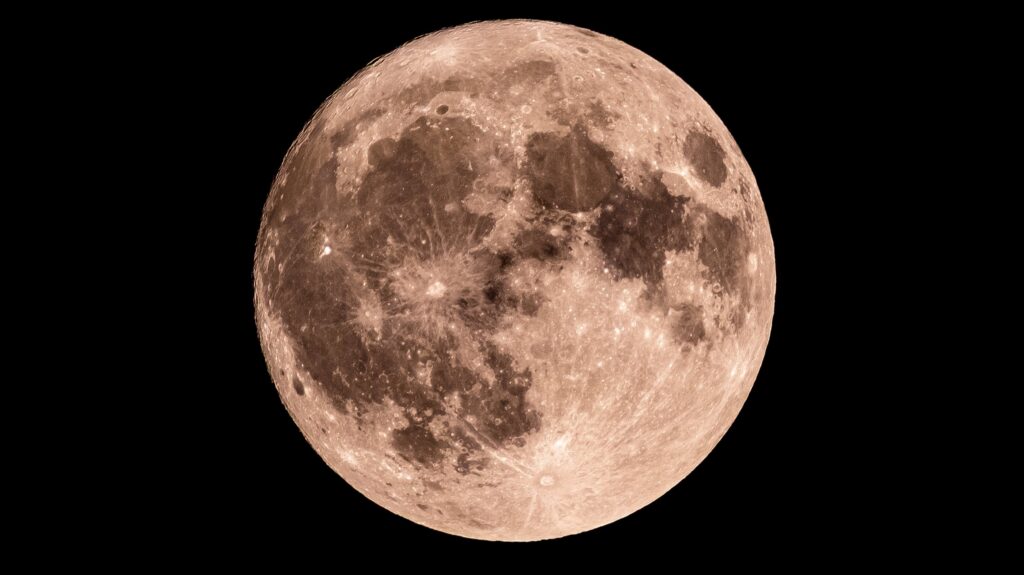
As of August 3, 2025, the moon is currently in the Waxing Gibbous phase, with approximately 69% of its surface illuminated. This phase occurs about ten days into the lunar cycle, which spans approximately 29.5 days according to NASA. Each night, the moon becomes increasingly bright as it orbits Earth, leading up to the next full moon on August 9.
The lunar cycle comprises eight distinct phases, each determined by the varying angles between the Sun, Moon, and Earth as the moon travels its orbit. During the Waxing Gibbous phase, observers can see a significant portion of the moon’s surface lit up, making it an ideal time for stargazing.
What to See in the Night Sky
Tonight, viewers can easily spot notable lunar features without any visual aids. The Copernicus Crater, Mare Fecunditatis, and Mare Crisium are all visible to the naked eye. For those equipped with binoculars, the Aphonsus Crater, Posidonius Crater, and Mare Frigoris offer added details. Using a telescope, enthusiasts can explore more intricate features, including the Rima Arladaeus and the Descartes Highlands, along with the Fra Mauro Highlands. This latter area is historically significant as it was the landing site for the Apollo 14 mission.
Understanding Moon Phases
Moon phases occur due to the ongoing cycle of the moon’s orbit around Earth. As the moon moves, the sunlight it reflects changes, resulting in different appearances from our perspective. The eight primary phases include:
– **New Moon**: The moon is positioned between Earth and the Sun, rendering it invisible.
– **Waxing Crescent**: A small light appears on the moon’s right side (in the Northern Hemisphere).
– **First Quarter**: Half of the moon is illuminated on the right side.
– **Waxing Gibbous**: More than half of the moon is lit, nearing fullness.
– **Full Moon**: The entire face of the moon is illuminated.
– **Waning Gibbous**: Light begins to diminish on the right side.
– **Last Quarter**: The left half of the moon is now lit.
– **Waning Crescent**: A thin sliver of light remains on the left side before becoming dark again.
Understanding these phases enhances appreciation for the moon’s beauty and the science behind its visibility. As the Waxing Gibbous phase progresses, enthusiasts can anticipate the full moon’s arrival next week, providing another opportunity for celestial observation.
This ongoing lunar cycle invites everyone to engage with the night sky, fostering a deeper connection to our natural world.






